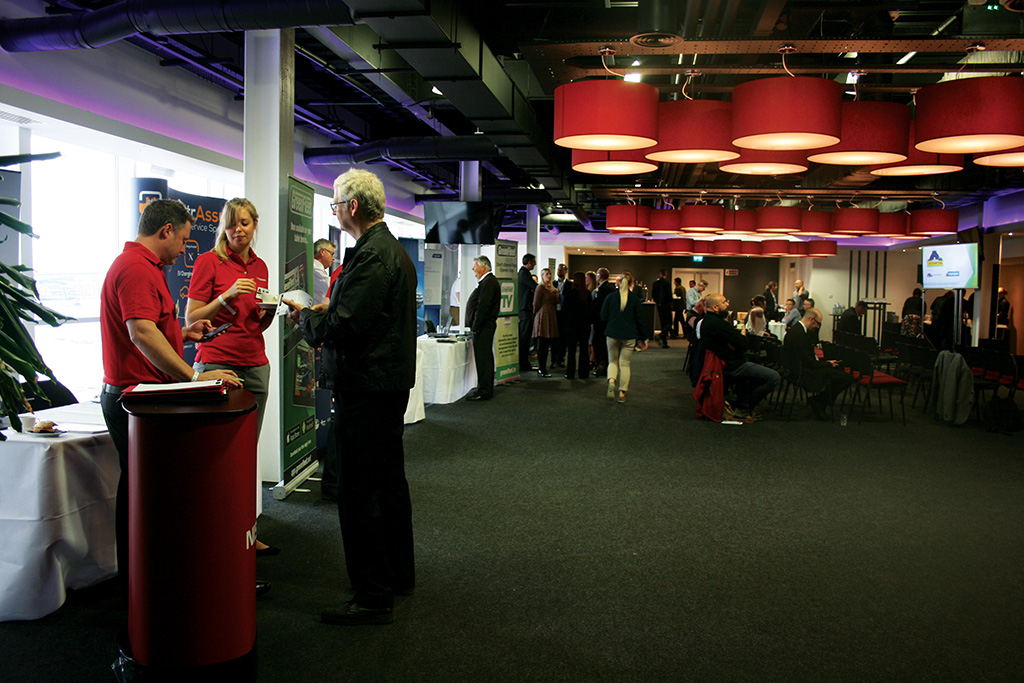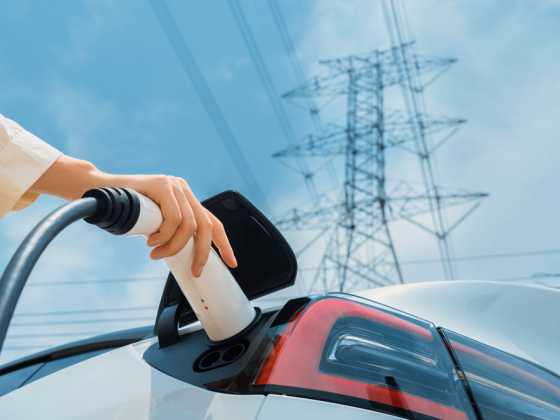GreenFleet Southampton offers EV insight

With Southampton one of the cities due to implement a Clean Air Zone, GreenFleet hosted an event in the city on 8 June to share knowledge with local fleet managers on how they can lower emissions, as well as giving them the opportunity to test-drive electric and plug-in hybrid vehicles
Southampton is one of six cities that was chosen to implement a Clean Air Zone (CAZ) in 2019 due to high levels of air pollution. This means that the most polluting vehicles such as HGVs, buses and taxis, will have to pay a penalty charge when operating in the zone.
As a result of this, in November 2016, Southampton City Council released its Clean Air Strategy.
This detailed measures to support the Clean Air Zone, three years ahead of the mandatory requirement on 2019/20. The council also plans to raise awareness of the CAZ prior to any penalty charging and advise those affected how they can improve their fleet emissions.
The strategy also explains plans to combine the work of the Sustainable Transport project and its MyJourney branding with the CAZ to provide clarity on transport options.
In partnership with Southampton City Council, on 8 June, GreenFleet hosted an event at Southampton’s St Mary’s Stadium, where fleet managers were able to learn from electric vehicle experts and test drive the latest zero and ultra low emission vehicles provided by a selection of manufacturers.
Sponsored by leasing and mobility specialists Alphabet, the event opened with an address from motoring journalist and TV presenter Quentin Willson – an EV enthusiast who also campaigns to encourage the uptake of low emission vehicles.
Delegates later listened to presentations from Alphabet, Snows Motor Group, BMW/MINI, Nissan, amongst others.
Presentations
Southampton City Council’s Mitch Sanders outlined upcoming plans for the mandatory category B CAZ which is due to be implemented in 2019. He emphasised the importance of reducing NO2 levels which exceed the legal emissions limit in some areas of the city.
Sanders said that the city is committed to becoming a “clean city where people can prosper” and as a result the council is committed to implementing additional supporting measures in addition to the CAZ.
In order to assist with improving air quality, Sanders informed delegates that the council have won a bid for over £13 million in order to support its strategies.
It was made apparent that the council plan to set up a clean air partnership in order to unite businesses and stakeholders into looking at how they can best tackle air quality issues. In addition, he outlined aims to tackle the challenges by helping local taxi companies.
He went on to highlight a partnership between Southampton City Council and Hampshire County Council in which they plan to implement a city-wide electric vehicle charging infrastructure.
Low CVP’s Brian Robinson also took to the podium to discuss the current increase in the interest in petrol vehicles. He also talked about the latest electric vehicle registrations figures and announced plans to create a car label design scheme which will determine the range and fuel consumption of a vehicle.
Robinson went on to discuss the general election, of which votes were being cast on the day. He stated that “the political momentum behind doing something about air quality is not going to go away” because it is an area of “popular public policy”.
After the presentations delegates were sectioned off into groups where they were able to speak with exhibitors and have a look at different electric and PHEV models in order to better understand how electric vehicles work and the practicality of this type of vehicle when incorporated into a fleet.
ElectrAssure were on hand to talk about the electric vehicle charging infrastructure, along with Alphabet, who were available to share its expertise on business travel and discuss its range of innovative mobility products.
Quentin Willson also hosted a roundtable discussion with different groups to address any questions that people had regarding the practicalities of living with an electric vehicle and how they can be suitable for different fleets.
Test drives
Many of the delegates had admitted that they had never driven an electric vehicle and so were keen to get behind the wheels of a selection of EVs.
Nissan’s e-NV200 Acenta Rapid Plus van was available on the day, a pure EV which combines the technology of the Nissan’s Leaf with the practicality of the NV200 van. It is powered by 24kWh rechargeable lithium-ion battery pack.
The electric LCV has a 4.2m3 cargo capacity and is capable of holding a 703kg payload, with a serviceable range of around 106 miles.
In addition, Nissan also brought its Leaf, which now has a claimed range of 155 miles – an increase of 25 per cent compared to its previous model.
Also present was BMW’s i3 which has a pure electric range of 125 miles. The range-extender version, meanwhile, has a small petrol engine that drives a generator to maintain the level of battery and extend the range.
What’s more, the new MINI Cooper S E Countryman PHEV was available for delegates to take a look at. It has an electric range of 26 miles for short‑haul journeys, but, it has a combustion engine which takes the total range up to 310 miles in order to meet the demand of longer trips.
It is easily charged at home using a plug-in socket at home.
The Toyota Prius Plug-in, brought by Snows Motor Group, was among the other electric vehicles available to try. It has an average fuel consumption of up to 282mpg with a charging time of around two hours. It also has an EV range of up to 39 miles with a top speed in electric mode of 83mph. Other cars available were Toyota’s Yaris Hybrid, the Renault Kangoo ML20, and BMW’s F30 330E M Sport.






